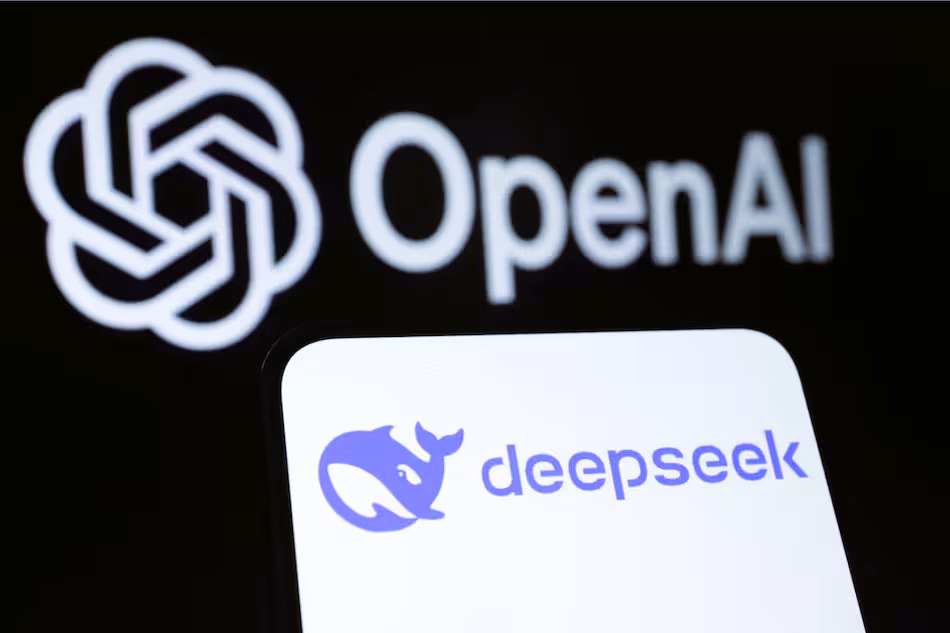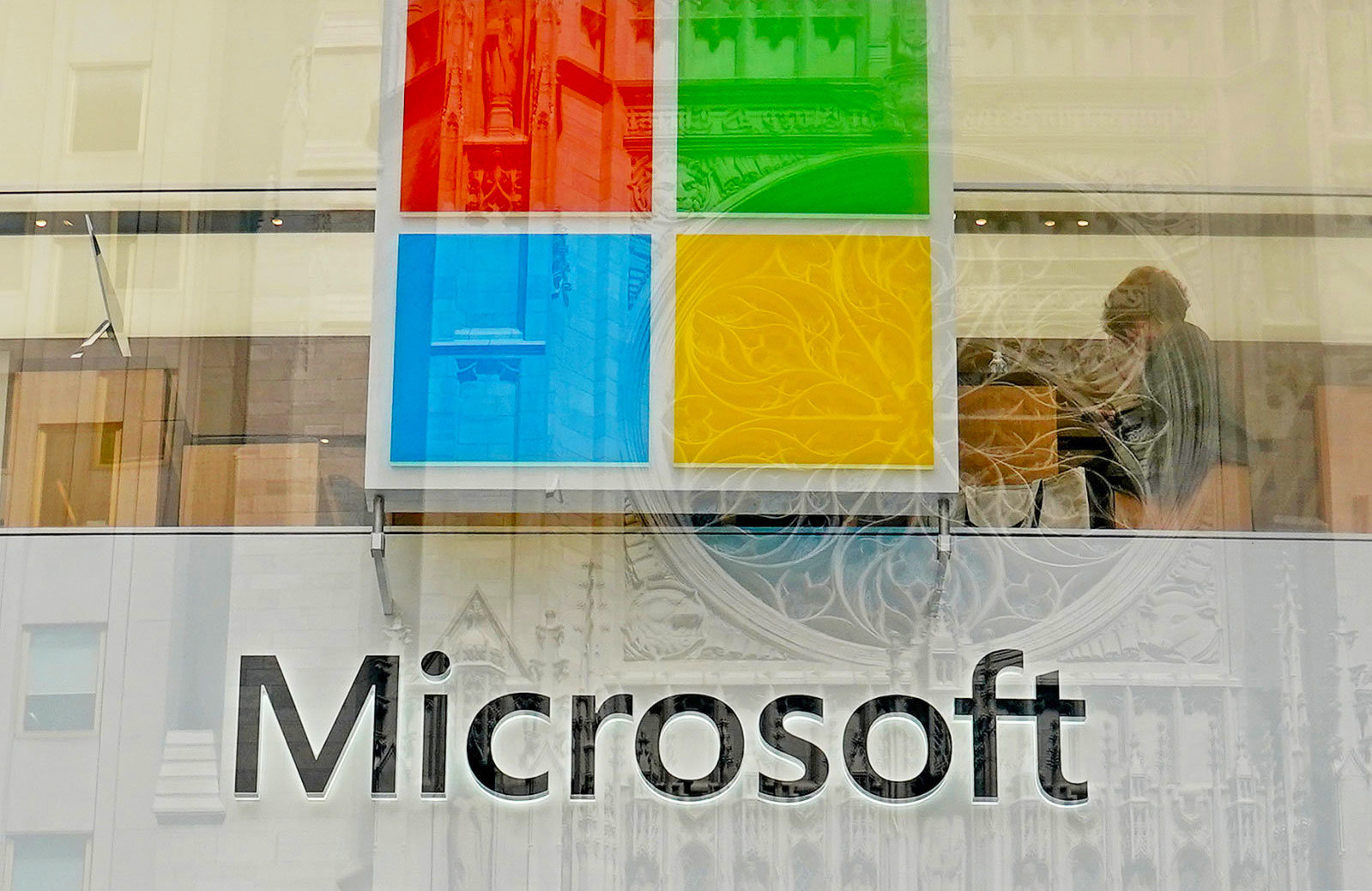Huawei’s DeepSeek-R1 AI Model: Controversy and Industry Reactions
In a significant development within the tech industry, Huawei’s DeepSeek-R1 AI model has come under scrutiny due to allegations and concerns surrounding its development and deployment. Reports indicate that the model is powered by Huawei’s Ascend 910C chipsets, leading to discussions about its origins, training methodologies, and broader implications for the global AI landscape.

Huawei’s Ascend 910C Chipsets
Huawei announced that the distilled R1 AI model would be available via its ModelArts Studio, which utilizes Ascend GPUs. A tipster claimed that the inference of the DeepSeek-R1 large language model (LLM) is powered by the Huawei Ascend 910C chipsets. This chipset is considered an alternative to the Nvidia H800, although there are some performance trade-offs. Huawei has been pushing its AI chip development to reduce reliance on Western technology, positioning the Ascend series as a viable competitor in the AI hardware space.
OpenAI’s Allegations
Adding fuel to the fire, OpenAI has alleged that DeepSeek-R1 was trained using its proprietary AI models. While the legitimacy of this claim cannot be verified, it has led to significant speculation. OpenAI’s allegations have raised questions about the methodologies used by Huawei in developing the DeepSeek-R1 model. If proven true, such allegations could result in legal challenges and further restrictions on Huawei’s AI activities.
Speculations and Concerns
The leak has led to speculations on whether the Chinese AI firm also trained its models on the same hardware infrastructure. Typically, AI models are optimized to run on the same chipset they were trained on. While other GPUs can also be adapted for inference, the process is often time-consuming. If Huawei can run the model’s inference on its Ascend-adapted platform, there is a possibility that the same infrastructure was used for training. However, no conclusive evidence supports this correlation. Given the lack of transparency in the AI model’s training data and methodologies, concerns have been raised about potential intellectual property violations and the broader impact on the AI ecosystem.
The “Black Box” Release
The DeepSeek-R1 AI model’s so-called “black box” release has raised further concerns. Despite an open-source release, the AI firm only provided the model weights, omitting details on the datasets or the training process. Additionally, the firm’s claims—such as the total development cost being just $6 million (roughly Rs. 51.9 crores)—have drawn skepticism from industry veterans, who question the methodologies behind the model’s development. Experts argue that large-scale AI models typically require significantly higher investment, and the reported cost raises questions about the extent of resources and computing power involved in training the model.
US Restrictions on AI Chipsets
Last year, the US Government imposed restrictions on American GPU manufacturers, preventing them from selling flagship-tier AI chipsets to China. This move aimed to maintain the US’s lead in AI and slow China’s technological advancements. These restrictions further complicate the situation, raising questions about the availability and legality of the chipsets Huawei has used. Huawei has increasingly relied on domestic innovation to counter these limitations, but the restrictions have also accelerated China’s push toward self-sufficiency in AI chip manufacturing.
Samsung Galaxy S25 Series with Snapdragon 8 Elite and One UI 7: Price, Specs, and More
Industry Reactions
The industry has reacted with a mix of skepticism and curiosity. Some experts believe that Huawei’s advancements in AI could pose a significant challenge to other tech giants, while others are concerned about the ethical and legal implications of the allegations made by OpenAI. The controversy has also sparked debates on AI governance, the role of open-source AI, and the need for clear regulatory frameworks to prevent intellectual property theft and misuse.
Future Implications
The controversy surrounding Huawei’s DeepSeek-R1 AI model highlights the ongoing tensions in the global tech industry. As AI continues to evolve, the need for transparency and ethical practices becomes increasingly critical. The outcome of this situation could have far-reaching implications for the future of AI development and international tech relations. Depending on how the allegations unfold, they could lead to stricter regulatory measures, increased scrutiny of AI models developed in China, and a push for greater accountability in AI research and deployment.














